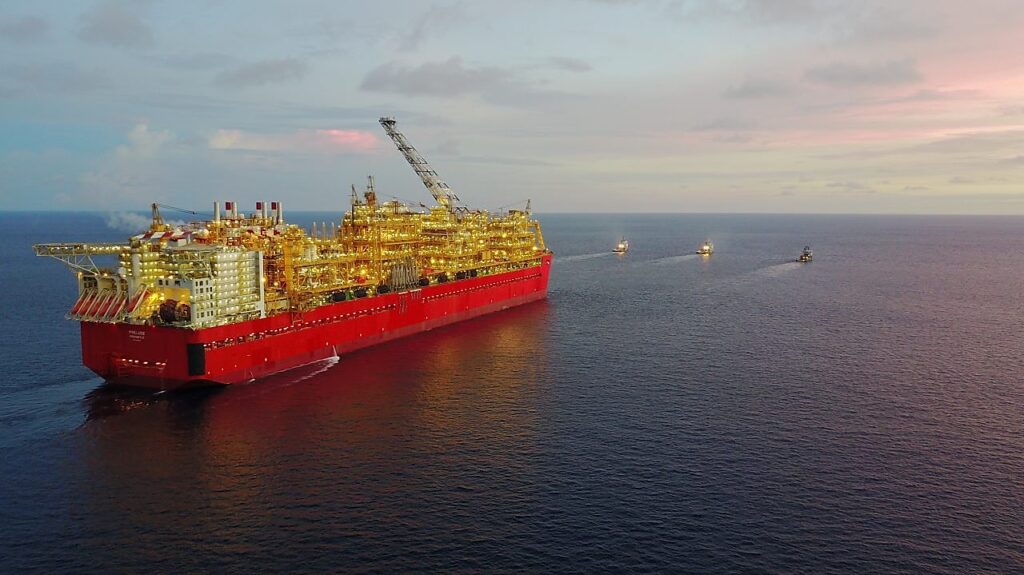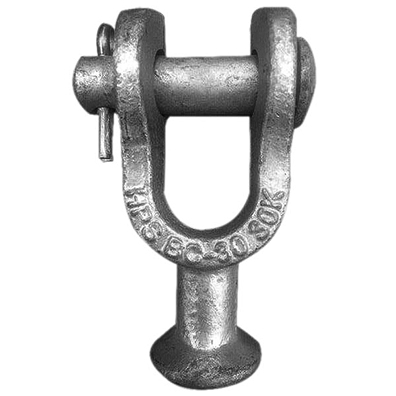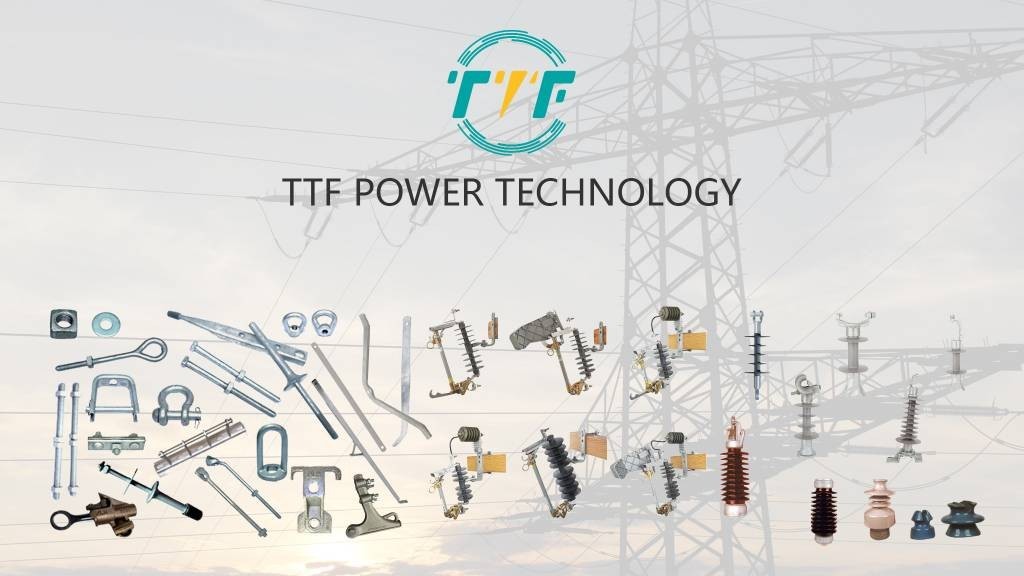
Argentina is looking into floating liquefied natural gas (FLNG) solutions to monetize its natural gas assets in the Vaca Muerta formation. FLNG is a flexible and cost-effective solution to transport Argentine gas to international markets. Floating LNG technology enables liquefaction at sea, providing a versatile and cost-effective alternative. It eliminates the need for large pipelines and onshore facilities. There are ongoing projects in Argentina, including the Tango FLNG and the southern FLNG, as well as proposals from Shell and TotalEnergies. These projects help to bypass the long building times of onshore LNG facilities, reduce infrastructure investment, and provide access to global LNG markets. However, there are some hazards that could stall its progress in Argentina. These include regulatory uncertainty, financing constraints, and infrastructure limitations. The use of a ball clevis is crucial as it serves in rigging and mooring systems. This makes them crucial components in the development of floating liquefied natural gas vessels in Argentina.
Floating LNG tankers need robust mooring systems to provide stability during gas liquefaction, storage, and offloading operations. The ball clevis helps to provide secure connections between chains, wires, and anchors. They are used to secure mooring chains, synthetic ropes, and steel cables to the vessel. This helps to distribute loads uniformly across the mooring systems. The ball-bearing design lowers wear from continuous movement, extending the life of the mooring components. FLNG vessels need stable mooring to function while liquefying shale gas. The ball clevis maintains the stability and safety of Argentina’s floating LNG installations. The ball joint in a clevis provides for articulation, preventing rigid connections from snapping under stress.
Floating containers for natural gas development using a ball clevis
Ball clevises are critical to the safety, efficiency, and long-term operation of floating vessels. A ball clevis is a mechanical linkage device that connects several components of a system to allow for movement and load distribution. It has a ball-and-socket mechanism that provides flexibility under tension, rotation, and multi-directional movement while ensuring a solid connection. The ball clevis is critical for controlling dynamic forces generated by waves, currents, and vessel motions. The following are the functions of a ball clevis in floating vessel development in Argentina.

- Structural flexibility—the Vaca Muerta shale formation faces environmental challenges including fluctuating weather patterns, heavy wave action, and shifting loads. Ball clevises allow for critical articulation between mooring systems, risers, and topside processing units. This ensures the vessel adapts without suffering mechanical failure.
- Safety and durability—ball clevises are able to withstand high-tension forces and fatigue. They help absorb shocks and distribute loads evenly across joints. This is because FLNG vessels are high-stakes operations handling volatile natural gas, and structural compromise could lead to disaster.
- Optimizing mooring and transfer systems—a ball clevis ensures that mooring lines and fluid transfer systems remain responsive and secure. This is crucial to enable efficient operations even under variable sea conditions, which is a necessity for maintaining gas liquefaction and shipment schedules.
- Reducing maintenance costs—ball clevises help extend the lifecycle of mooring systems, topside equipment, and other critical vessel infrastructure. This is due to their ability to reduce wear and tear on connected components. This is crucial as Argentina scales up its energy exports globally.
Strategies are being implemented to solve the issues that Argentina faces with developing floating vessels.
Argentina’s development of floating vessels is contingent on overcoming engineering, environmental, and budgetary constraints. Addressing these issues could help the country become a worldwide LNG powerhouse. However, innovation, international collaboration, and strategic investment are transforming the difficulties into possibilities. Here are the major strategies for resolving these difficulties.

- Engineering innovations for structural stability—the FLNG vessels must endure extreme offshore conditions without affecting operations. This can be overcome through the use of advanced dynamic positioning systems, flexible mooring architectures, and new hull designs.
- Enhancing environmental and safety compliance—key strategies include the use of zero-flaring technologies, dual containment systems, and advanced leak detection systems.
- Financial and investment risk management—the projects demand significant upfront investments. Argentina can adopt public-private partnerships, flexible leasing models, and government incentives.
- Technological adaptation—Argentina is partnering with international LNG leaders to train local engineers, technicians, and operational managers. There is also the adoption of technology transfer and remote operations capability.
- Infrastructure expansion and supply chain strengthening—lack of ports, pipelines, and support systems poses risks to FLNG project development. This can be addressed through port upgrades, pipeline expansions, and supply chain incentives.
